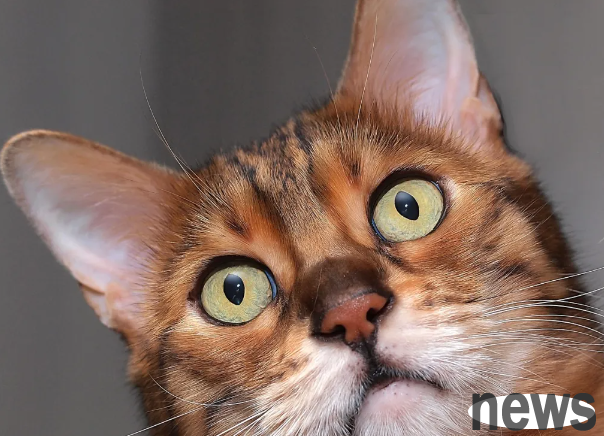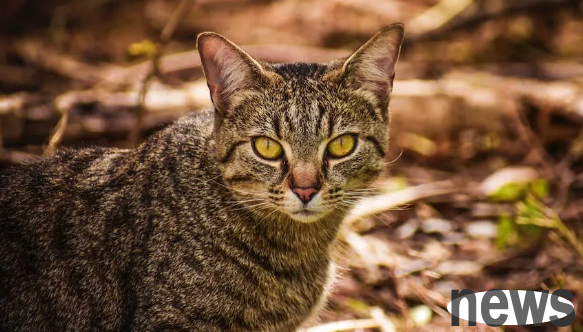The cat's pupils become vertical, which often arouses people's curiosity.
To understand this secret in depth, we must first understand the cat's eye structure.
There is a special muscle in the eyes of a cat, called the pupil sphincter. This muscle functions like a regulator that can contract or relax, thereby controlling the size of the pupil. When the sphincter of the pupil contracts, the pupil becomes smaller and the amount of light entering the eye decreases accordingly. Such a physiological structure allows cats to see clearly in a weaker environment, which is one of their advantages in hunting at night.

So, why does the cat's pupils become vertical?
This is actually a very interesting biological phenomenon. When the cat's eyes see prey or something that interests it, the pupil sphincter will quickly contract, causing the pupil to become a line. Such changes not only help improve the cat's vision, but also allow it to better target. Therefore, the vertical line of cats' pupils is an important tool for them to hunt and observe the environment.
In addition to being related to hunting, the vertical line of a cat's pupil may also be related to its emotional state. When a cat feels excited, nervous, or alert, its pupils may also become a line. This shows that the cat is experiencing a strong emotional experience. Therefore, observing the changes in cats' pupils, they can initially determine their emotional state.
Of course, in addition to the above reasons, the vertical line of the cat's pupil may also be related to other factors. For example, cats may have certain diseases or abnormalities in their eyes, resulting in abnormal contraction of the pupil sphincter. Therefore, if you find that your cat's pupils often become vertical, it is best to take it to the veterinarian for examination in time.
The vertical line of the cat's pupil is an interesting and mysterious biological phenomenon. By understanding this secret, we can better understand the cat's visual system and emotional state, thus taking care of them better. At the same time, this is also an interesting research topic in biological science and animal behavior.
We can also look at this problem from an evolutionary perspective. In natural environments, cats are nocturnal animals that require keen vision to capture prey and deal with danger. Therefore, the cat's eye structure adapts to this lifestyle. When the light is weak, the cat's pupil sphincter contracts, causing the pupil to become smaller, and the amount of light entering the eyes is reduced, thereby improving the sensitivity of the vision. This physiological structure gives cats an advantage when hunting at night, allowing them to better target and avoid being discovered.
In addition to hunting and observing the environment, the vertical line of cats' pupils may also be related to their social behavior. In cats’ social interactions, body language and posture are very important communication methods. When two cats stare at each other, their pupils may shrink into a line, which may be a way to show friendship. However, the specific social significance needs further research to confirm.

The cat's pupils become vertically lined is an interesting and mysterious phenomenon. By understanding this secret, we can better understand the physiological structure and behavioral characteristics of cats, so we can better take care of them and improve our understanding of animal behavior.